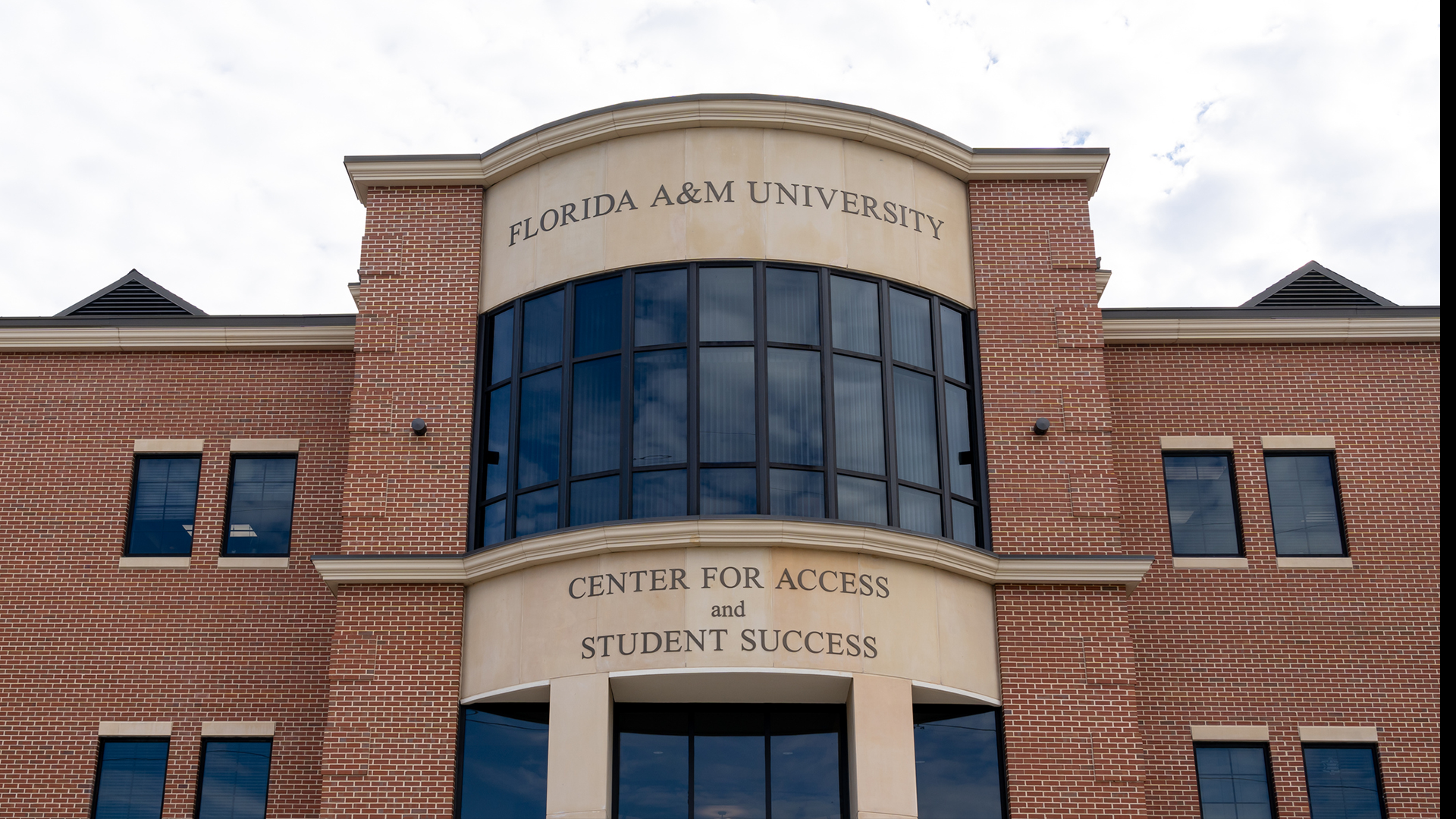Black doctors reportedly make up five percent of the country’s doctors, but some new data reveals this number may soon be on the rise.
A new study shows, first-year Black students saw an uptick in enrollment totaling 21 percent since 2020, according to GBH News.
Medical Schools Say The Number Of First-Year Black Students In The U.S. Has Increased
“Across the country, medical schools say the number of first-year Black students in the U.S. is way up – 21%, an unprecedented spike in the past year,” said Kirk Carapezza, Managing Editor and Correspondent for higher education at GBH News.
“We have never seen such an increase within a short amount of time,” said Norma Poll-Hunter, who’s behind workforce diversity efforts at the Association of Medical Colleges, according to National Public Radio.
Furthermore, Poll-Hunter states the new statistics are due to more schools reexamining their admission procedure to avoid perpetuating already existing disparities in health. Schools are taking measures such as looking at areas outside of testing scores, waiving application fees, allowing more interviews to be held remotely, and most importantly taking a close look at how unconscious bias can pervade the admission process.
These barriers are not new. However, following the death of George Floyd, Poll-Hunter confirms schools “really called into question this idea of a post-racial society,” according to GBH News.
The Dean for Multicultural Affairs and global health at Tufts Joyce Sackey says more campuses are beginning to note greater diversity. Still, more measures need to be implemented to advance Black involvement in graduate schools.
Schools Must Provide Financial Relief To Encourage More Black Students
Sackey also suggests schools should take a closer look at applications from underserved communities and distribute more need-based scholarships rather than merit-based scholarships. Doing so will further support Black students to pursue higher education.
“Medical schools are like the Titanic,” Sackey said, according to GBH News. “It’s very difficult to move policies and processes, to be honest. But we are a medical school that has declared that we want to work towards becoming an anti-racist institution. This stand may have also signaled to applicants whom we accepted that maybe this is a place that they can make home.”
An increase in scholarships will be helpful as reports show students graduate with an average of over $240,000 in debt. For many Black students, the alarming costs of medical school can signal defeat, but if schools prioritize financial relief, perhaps the enrollment pipeline will continue to diversify in the years to come.

















